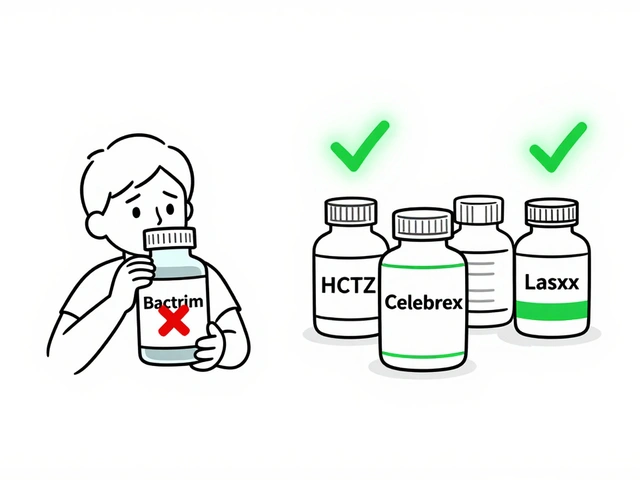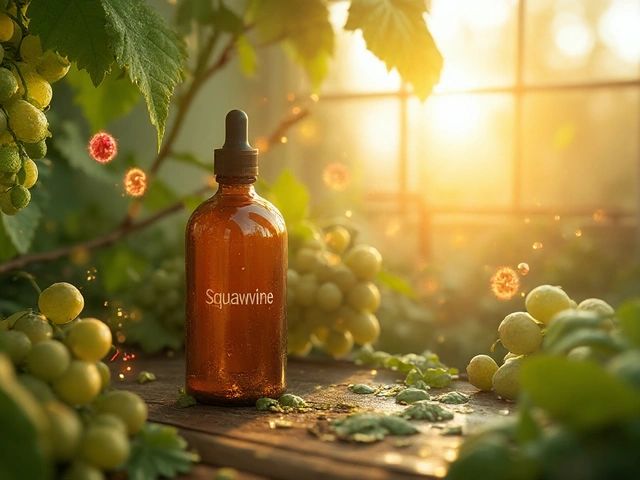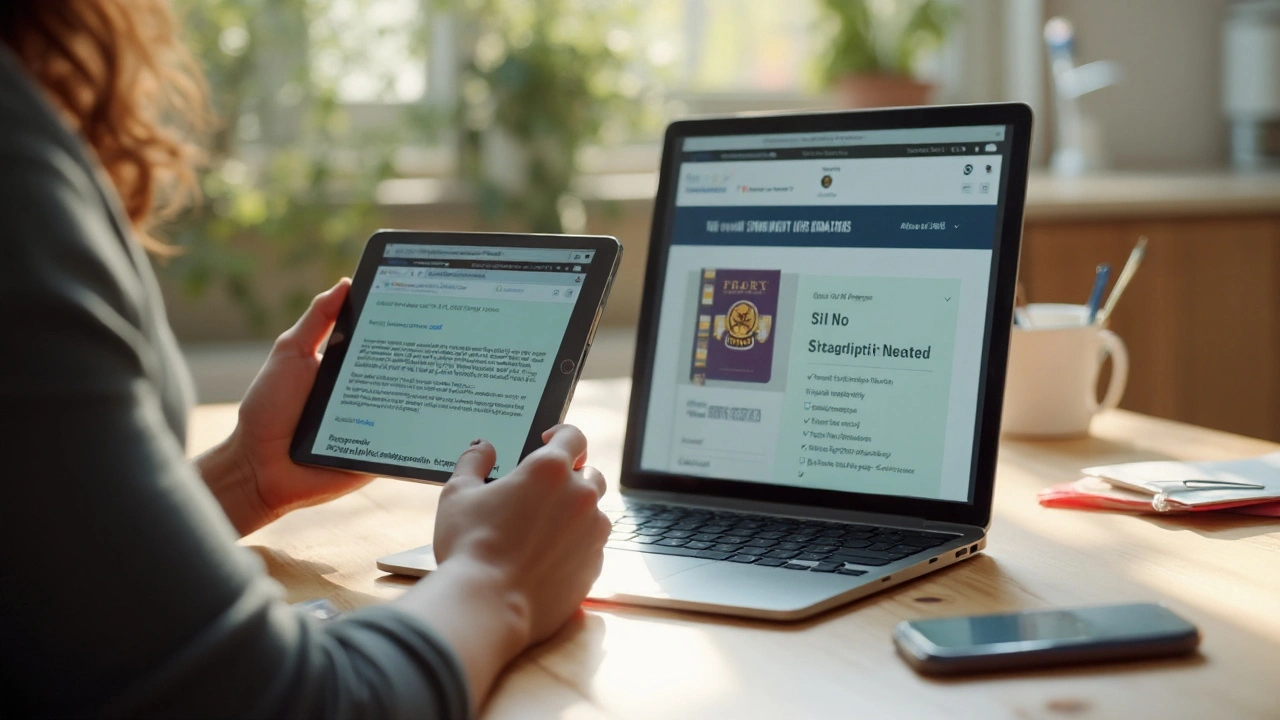Online Pharmacy Verification: How to Make Sure You’re Buying From a Real Pharmacy
Ever clicked on a site promising cheap prescriptions and wondered if it’s legit? You’re not alone. With a few simple steps you can tell a trustworthy pharmacy from a scammer in seconds. Below you’ll get the exact things to look for, why they matter, and a quick checklist you can copy‑paste into your notes.
Key Signs of a Trusted Online Pharmacy
First, check the pharmacy’s license. In the U.S. you want a state pharmacy board number and a valid DEA registration if they sell controlled drugs. A quick Google search of the license number should pull up a verification page from the state’s health department.
Second, look for the BeSafeRx or NABP seal. Those programs vet pharmacies for safety, require a valid prescription, and list any disciplinary actions. If the seal is missing, ask the site for proof before you buy.
Third, examine the URL. Real pharmacies use https:// and have a domain that ends in .com, .org, or a country‑specific extension that matches the business address. Avoid sites with extra hyphens, random numbers, or misspellings of popular pharmacy names.
Fourth, read the contact info. A legitimate pharmacy will give a full physical address, phone number, and email that you can call. Test the phone number; if you get a recorded message or a dead line, that’s a red flag.
Finally, compare prices. If a 30‑day supply of a common drug is 50% cheaper than your local pharmacy, be skeptical. Extremely low prices often signal counterfeit or expired meds.
Step‑by‑Step Verification Checklist
1. Search the license. Type the pharmacy’s license number into your state board’s website. A match means they’re registered.
2. Check for accreditation. Look for the NABP VIP or BeSafeRx badge. Click it – it should link to the official verification page.
3. Confirm HTTPS. The address bar should show a padlock icon. If it’s missing, don’t enter personal info.
4. Validate the address. Use Google Maps to verify the physical location exists and looks like a medical office.
5. Read the privacy policy. A real pharmacy explains how they protect your health info and complies with HIPAA.
6. Ask for a prescription upload. Legit sites require a doctor’s prescription, either scanned or photographed. If they say “no prescription needed,” walk away.
7. Check shipping methods. Trackable, insured shipping is a good sign. Free “mail‑order” with no tracking often means they’ll just dump a package at your door.
8. Look at reviews. Search the pharmacy name plus “scam” or “review.” Real customer feedback can reveal hidden problems.
Following this list takes less than two minutes, but it can save you from counterfeit pills, legal trouble, or wasted money. If any step feels off, keep looking – there are plenty of reputable online pharmacies that will gladly verify their credentials.
Remember, buying medication online isn’t illegal, but it does require due diligence. Treat the verification process like you would any other health decision: ask questions, double‑check facts, and never settle for a bargain that looks too good to be true.
Got a pharmacy you’re unsure about? Write down the name, run through the checklist, and you’ll know instantly whether it passes the safety test. Stay smart, stay safe, and keep your health in good hands.



